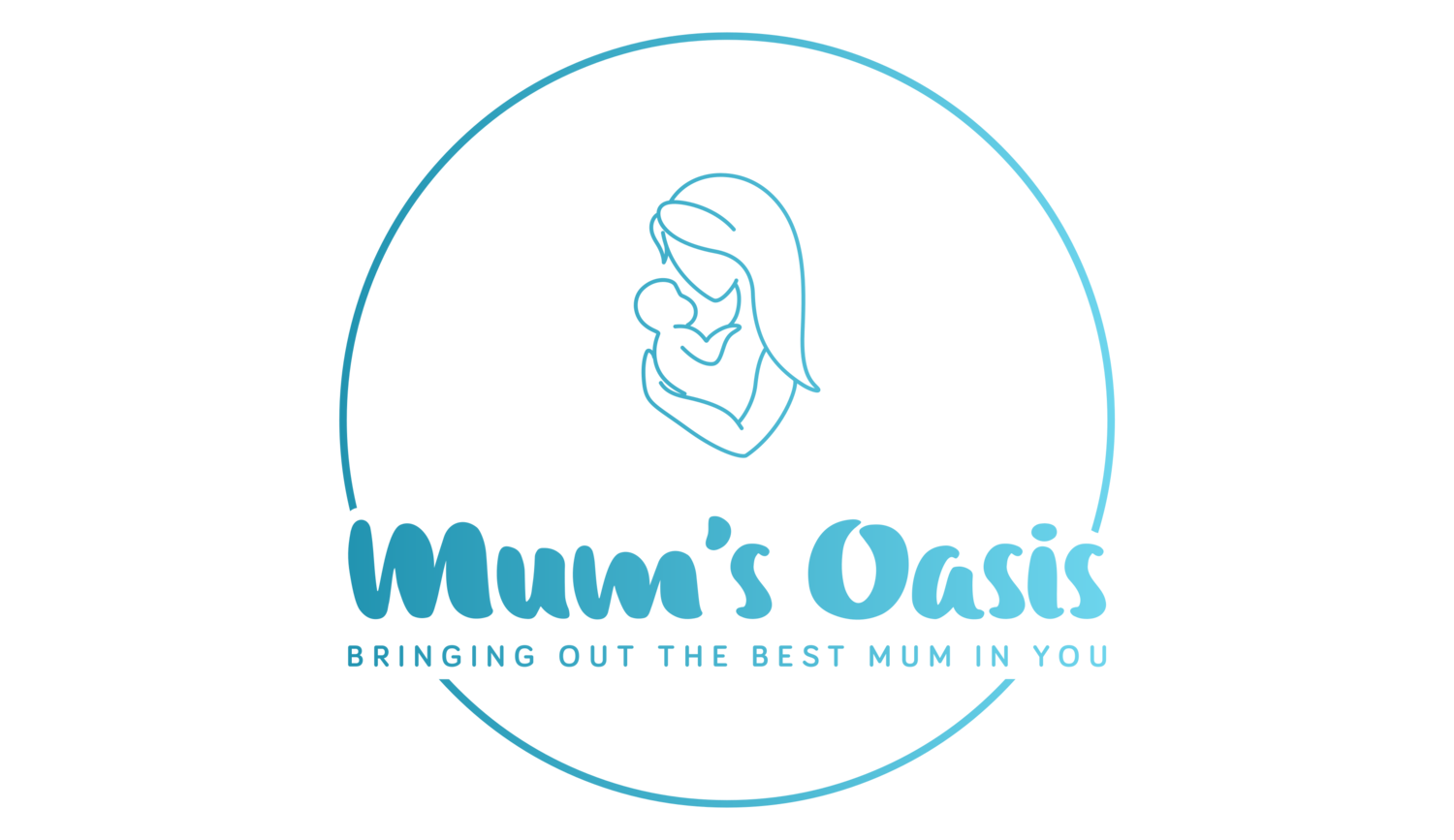WHAT HAPPENS IN THE HOURS AFTER BIRTH?
What happens after your baby is born? This blog posts talks about the first hours after a vaginal birth with a healthy newborn. It’s not necessarily in chronological order because some things will happen simultaneously, some might not happen for you at all but I hope it gives you a good overview of what to expect.
1) SKIN-TO-SKIN
The moment your baby is born either you can take your baby or your midwife is placing them on your chest. And then you can stay like that for a while.
Immediate skin-to-skin helps regulate the baby's heart rate, breathing and temperature. It releases oxytocin in mum and bub which helps both calm down after the stress of birth. It also helps the interaction between mum and her baby and promotes breastfeeding.
You can read more about the benefits of immediate skin-to-skin care here.
2) YOUR BABY CRIES, OR NOT
Most babies cry when they are born, but some don't.
The baby's skin is pale-blueish when they are born which can be scary if you don't know about it. Their skin becomes rosy after their first few breaths.
Your baby will probably be covered in a mixture of vernix, amniotic fluid and blood. Maybe their head will be coned from navigating their way through the pelvis which will go away after a few days.
3) YOU ARE FALLING IN LOVE WITH YOUR BABY INSTANTLY, OR NOT
You might or might not feel an instant connection to your baby.
Emotions at this stage can be all over the place reaching from an instant "being in love" to exhaustion, disconnection or shock. Many mums, especially after a long labour, are very exhausted and just glad it's over.
Every mum's experience is different and that's okay. For some, it can take a few days or even weeks to feel that deep connection to their baby.
4) BREASTFEEDING
Some babies when lying on your tummy/chest will start a breast crawl. It has the best chance when the baby is left undisturbed. They will then start to lift their heads and crawl toward the mum's breast. Crazy, hey.
Most babies will turn their heads and start to open and close their mouths. You can express and leave a little colostrum to make it easier for your baby.
Breastfeeding needs time and patience. Ask for support from your midwife or doula.
5) CORD CLAMPING
A very special moment for most dads is to cut the cord. It is indeed a special moment as it separates the baby from the placenta and in certain ways from the mum.
It's advisable to think about your preference on when to cut the cord. Delayed cord clamping or "waiting for white" has many benefits for the baby such as increased blood volume and iron stores.
6) PLACENTA BIRTH
The birth of the placenta (third stage of birth) can happen right after your baby is born or up to an hour (or sometimes longer). Most hospitals give an injection to speed up the process and to prevent bleeding which you can consent to or decline. Most women will feel a few contractions and an urge to push again to birth their placenta.
The midwife (and doctor) will assess the placenta to ensure nothing is left inside your uterus. If you want to see your placenta or take it home you can do so.
7) NEWBORN TESTS
The examination of the newborn should wait at least two hours to give time for uninterrupted skin-to-skin.
The newborn then will be measured (length and head circumference), weighed and checked.
This would also be the time when your midwife gives Vitamin K to your baby as an injection or oral if that is what you choose to do.
Your baby will have their first poo (meconium) in the first 24 hours which can be before, during or after birth.
8) PERINEAL ASSESSMENT
The midwife or doctor will offer to assess your perineum for birth injuries and determine if you need stitches. If you had an epidural, that will still give you pain relief otherwise the doctor will use local anesthetics to numb the area (similar to the dentist).
Rarely, the tear reaches the anal sphincter in which case it might be preferred to do the stitches in theater.
Usually, the stitches dissolve in 1-2 weeks.
9) POSTPARTUM SHIVERING
Some women suddenly feel very cold and start to shake in the first hours after they gave birth to their baby. These postpartum chills are probably due to hormonal changes and fluid loss during birth. Even though it's a strange feeling you can relax knowing it's normal. Get an extra blanket. The shivering doesn't last long.
10) GETTING UP
Getting up for the first time after birth can feel a little strange. You might feel a little dizzy so it’s a good idea to have some water and a bite to eat before you get up and to have someone with you. You might also feel a gush of blood coming out, so don’t forget to arm yourself with lots of big maternity pads. It’s good to get up, get your circulation going, go to the toilet to pass urine and to have a shower, which might just be the best thing in the world.
11) REST & SLEEP
If you are in the hospital you will be moved to your room in the maternity ward after skin-to-skin bonding time and all the checks are done. Newborns usually have a long sleep after their first feed which gives you (and your partner) the opportunity to rest as well. Most mums can't sleep but will stare at their baby trying to catch up with the last hours.
Enjoy your baby in your arms or get some well-deserved sleep.




